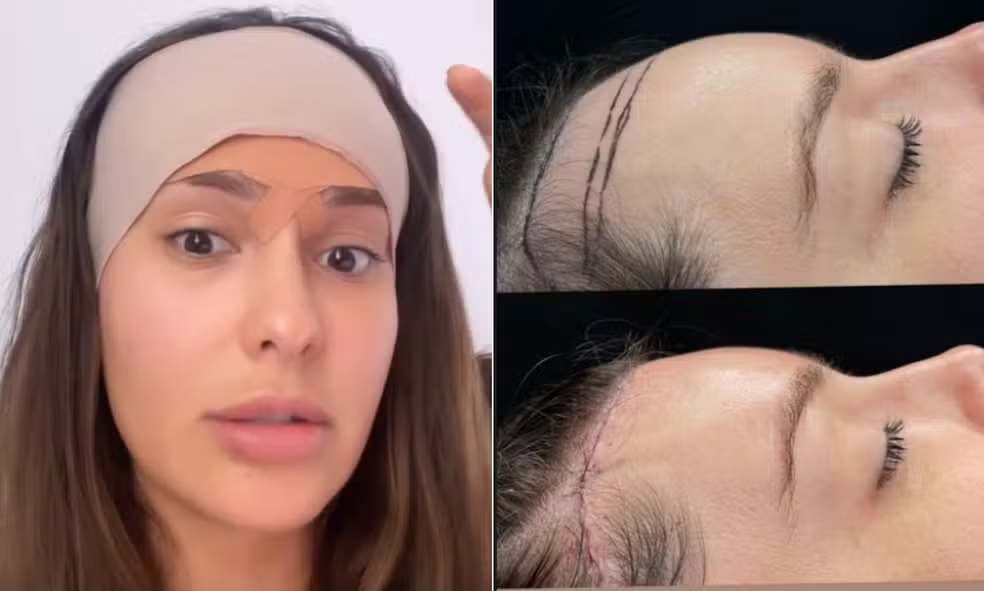Forehead Surgery: Why Results May Be Short-Lived
Many patients seek endoscopic forehead surgery to reduce wrinkles and rejuvenate the central facial area.
However, some report that the results fade quickly or that the desired improvement is not achieved.
Dr. Eduardo explains the main reasons why the procedure’s longevity may be compromised.
1. Untreated Musculature
A key factor is not addressing the central facial muscles, including:
- Corrugator muscles
- Procerus muscle
- Periosteal ligament release
If these muscles and ligaments are not properly released, the tissues remain tense, resulting in a limited and short-lived effect.
2. Inadequate Flap Fixation
Another critical aspect is facial flap fixation:
- Flaps should be anchored to the temporal fascia, a strong and secure muscular tendon.
- In the central and medial areas, a bony tunnel is used for secure fixation.
- Fixation in subcutaneous tissue alone is less stable, increasing the likelihood of result loss over time.
The use of proper surgical instruments is essential to correctly create the bony tunnel and achieve consistent results.
Conclusion
For an effective and long-lasting forehead surgery, it is essential to:
- Treat the central facial muscles
- Release periosteal ligaments
- Securely fix flaps using a bony tunnel
Without these precautions, results are often limited and short-lived, even after an apparently successful procedure.





